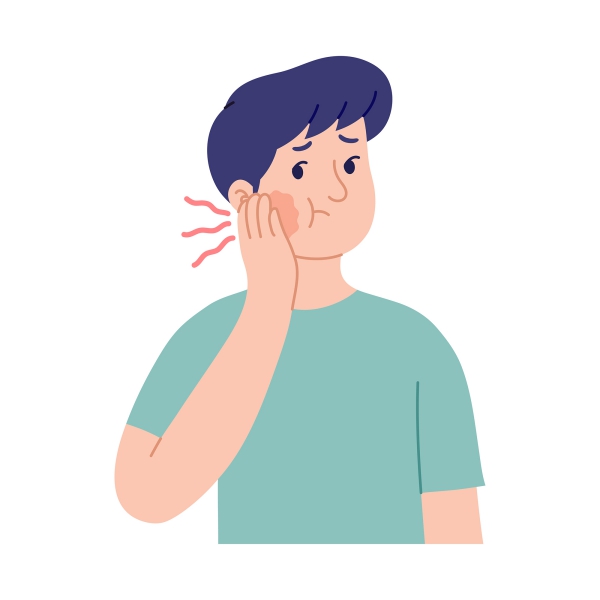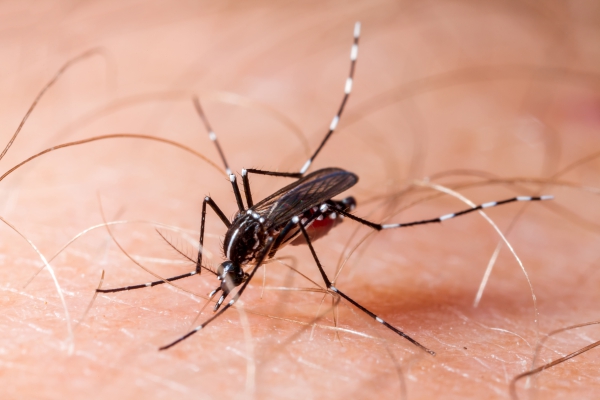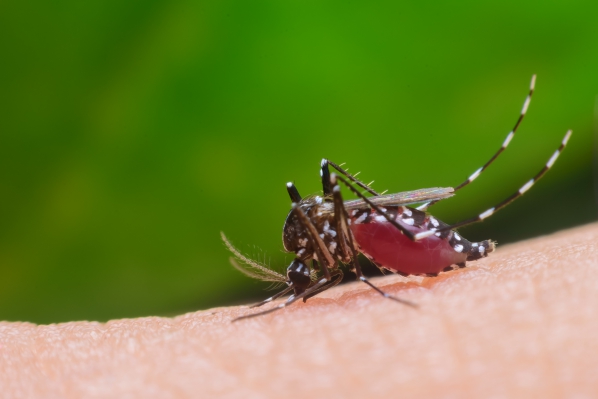Sinusitis, Sinus inflammation, Sinuses, Viral infection, Acute sinusitis, Chronic Sinusitis
Description : Sinusitis is defined as inflammation of the sinuses which are air-filled cavities found in your
Article Details :
What is sinusitis?
Sinusitis is defined as inflammation of the sinuses which are air-filled cavities found in your forehead (frontal sinus), behind your nose (ethmoid and sphenoid sinuses) and inside your cheeks (maxillary sinus). In out of every 7 U.S citizens, 1 will be affected by sinusitis. In addition, women are more commonly affected than men.
The sinuses normally produce mucus which is a thin and transparent liquid. It protects the sinuses from germ by trapping and removing them. However, an infection can cause excess mucus production, blocking the openings of the sinuses. On the other hand, cold and allergies can also produce excess mucus which accumulates inside the sinuses, facilitating the growth of bacteria and viruses.
The most common organism responsible for sinus infections are viruses, which go away after 1 or 2 weeks, without treatment. However, if your symptoms persists for more than 2 weeks, you should consult your doctor.
What are the types of sinusitis?
There are mainly two types of sinusitis:
- Acute sinusitis: This type of sinusitis is of short duration; up to 2 weeks for viral infections and 4 weeks for bacterial infections. In addition, viruses are the most common organisms causing acute sinusitis.
- Chronic sinusitis: this is when your symptoms last for more than 3 months. It is often less severe and associated with structural nasal defects or recurrent allergies. For this type of sinusitis, the most common organisms are bacteria.
What are the risk factors for sinusitis?
Your risk of developing sinusitis increases if you have:
- Allergic rhinitis (hay fever)
- HIV/AIDS
- Cystic fibrosis
- Been exposed to smoke
- Asthma
- Recent upper respiratory tract infection
- A nasal passage defect such as nasal polyp, nasal tumour or a deviated nasal septum
- A history of allergies
- A dental infection
Signs and symptoms of sinusitis
The signs and symptoms of acute and chronic sinusitis are similar except on the duration of symptoms. In addition, fever is most commonly experienced in acute sinusitis. Some of the signs and symptoms are listed below:
- Headache
- You may feel a pressure around your eyes, cheeks and forehead (sinus pressure)
- Cough
- Runny or stuffy nose
- A thick, yellow or greenish discharge from the nose or down the throat
- Ear pressure
- Tenderness and swelling around your forehead, cheeks and nose which gets worse when you bend forward
- Toothache
- Fatigue
- Bad breath

Making a diagnosis
The diagnosis of acute sinusitis can be made by taking a thorough history and an appropriate physical examination. However, for chronic sinusitis additional information are required to make the diagnosis by means of imaging and blood tests.
During the history taking, your doctor will ask questions to know about your symptoms and if ever you have any risk factors for developing sinusitis. The physical examination will reveal any signs of sinusitis that you have such as tenderness over your forehead, cheek or nose.
The imaging used to diagnosed sinusitis are plain x-rays (plain sinus radiograph), nasal endoscopy, computed tomography (CT) scan and magnetic resonance imaging (MRI) scan. The plain sinus radiograph is used to detect air-fluid levels inside the sinuses. CT-scan and MRI scan will demonstrate more details about the sinuses. In addition, nasal endoscopy is used to visualize the sinuses directly and to take a sample for culture testing, which will indicate if there is any type of infection present.
Blood tests are also performed to check for elevated white blood cell count (confirms the presence of bacterial infection) and elevated Erythrocyte-sedimentation rate (ESR- which is a marker for inflammation).
Treatment of Sinusitis
Most cases of acute sinusitis resolves on its own, however there are some home-made remedies and medications which can be taken to relieve symptoms:
- Decongestants: it contains phenylephrine which causes your nasal blood vessels to narrow, hence reducing inflammation, swelling and clear up excess mucus. However, it should be used for a short period of time as it can cause rebound congestion (constant nasal stuffiness)
- Nasal corticosteroid: these nasal sprays are used to reduce inflammation in the nasal cavity
- Saline nasal spray: it is used to rinse the nasal passages
- Pain killers: they are used to relieve headaches or toothaches caused by sinusitis (acetaminophen, ibuprofen and aspirin)
Antibiotics
Antibiotics are used only when symptoms are not improving over the course of several weeks (chronic sinusitis). When prescribed, it has to be taken over the whole course even if symptoms disappears, else the bacteria will develop resistance against the antibiotic and the next time a stronger one will have to be used.











